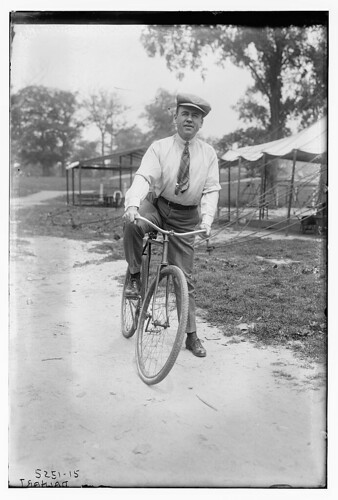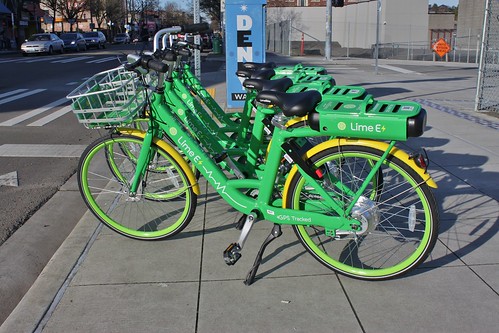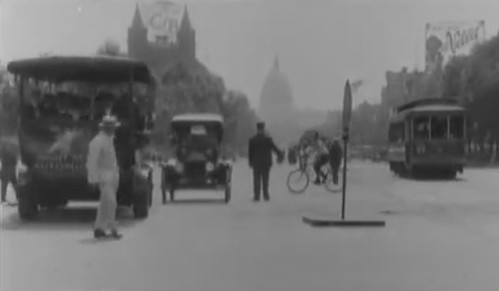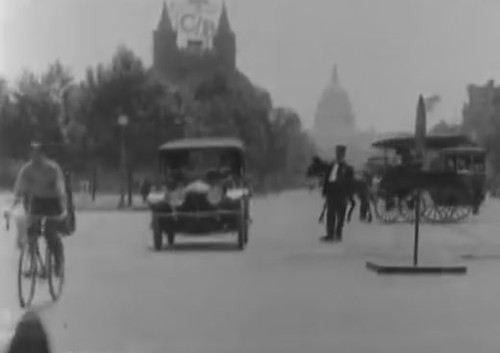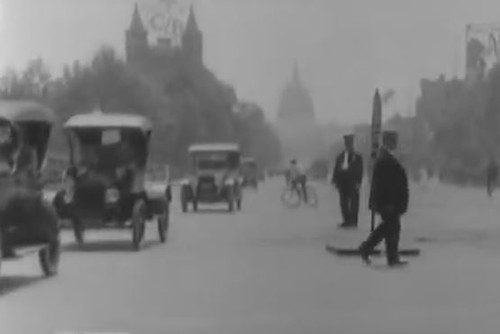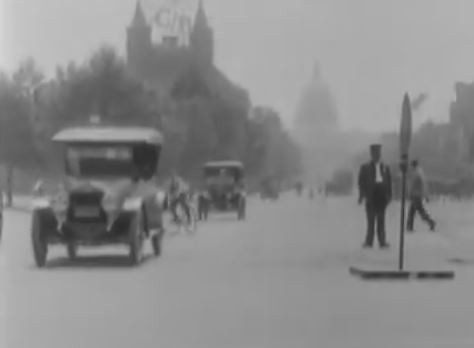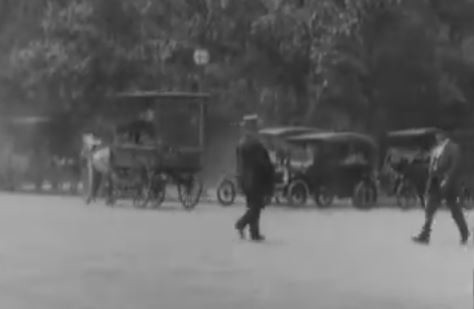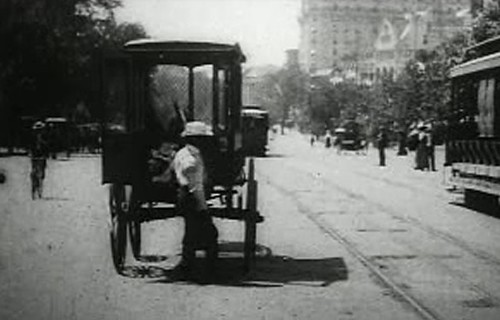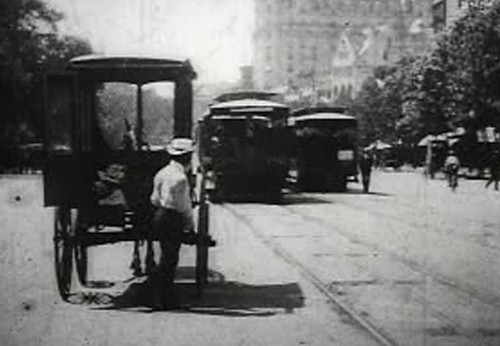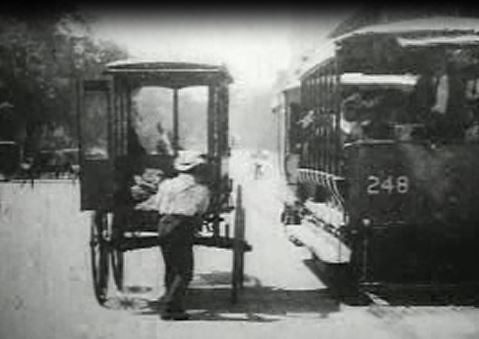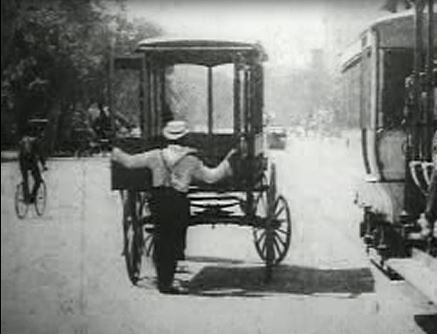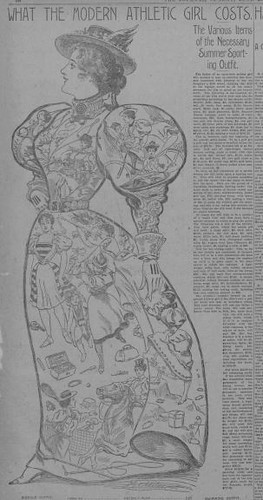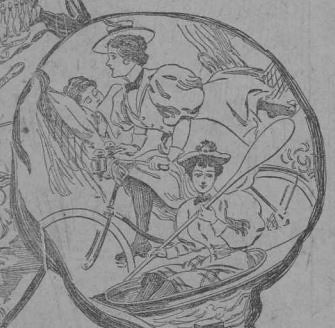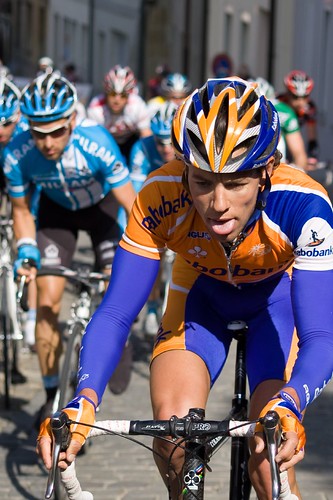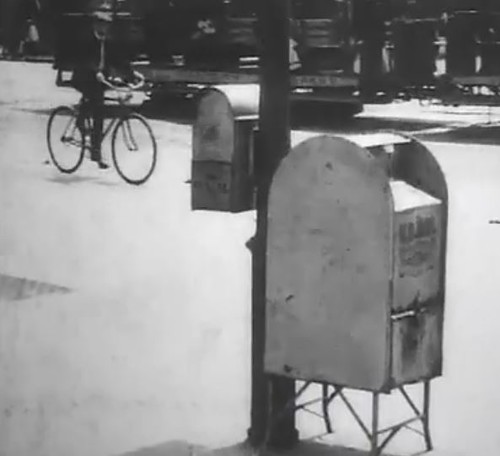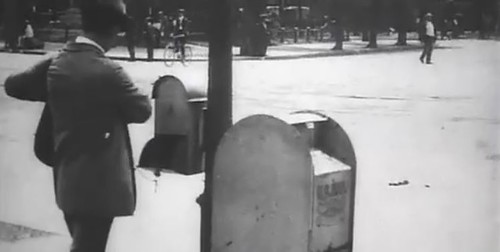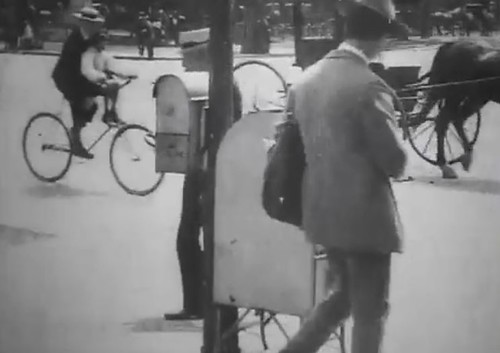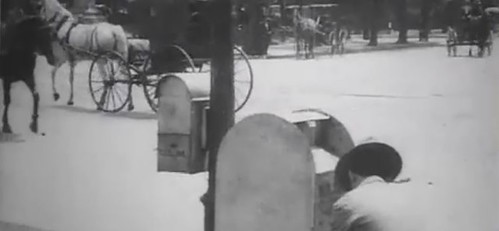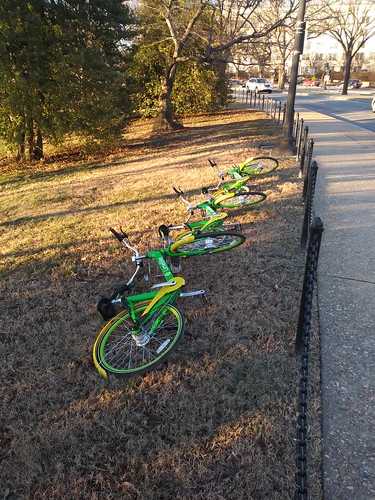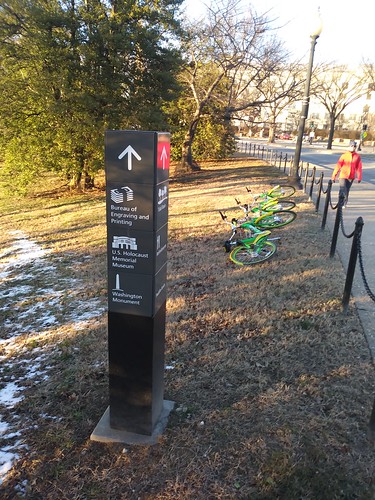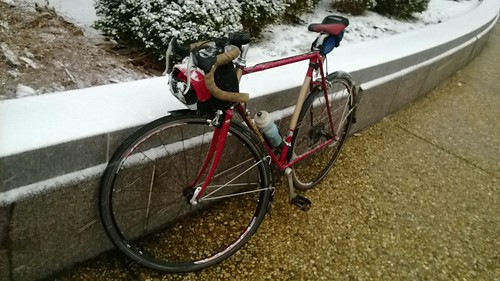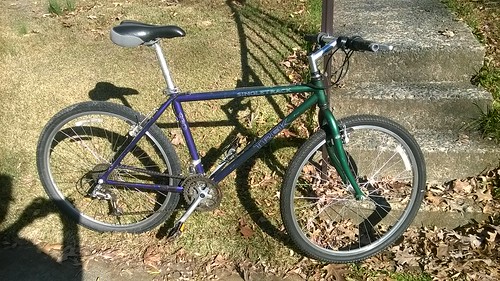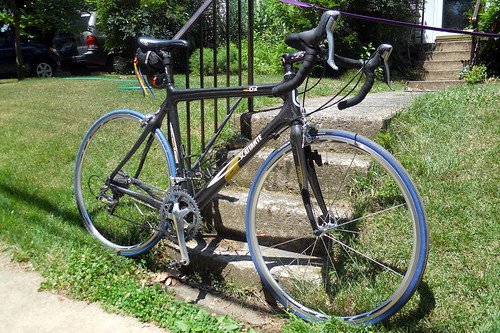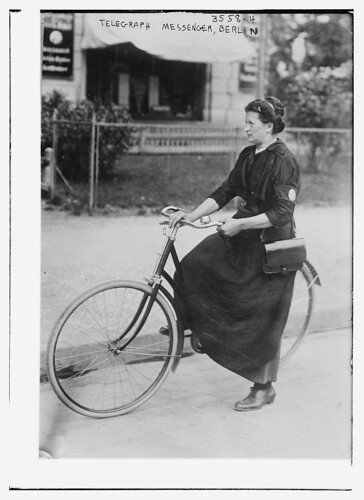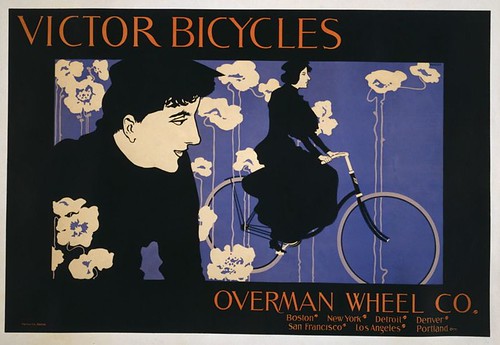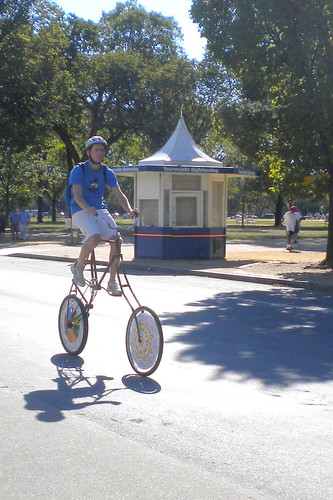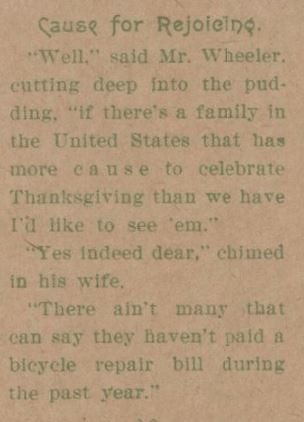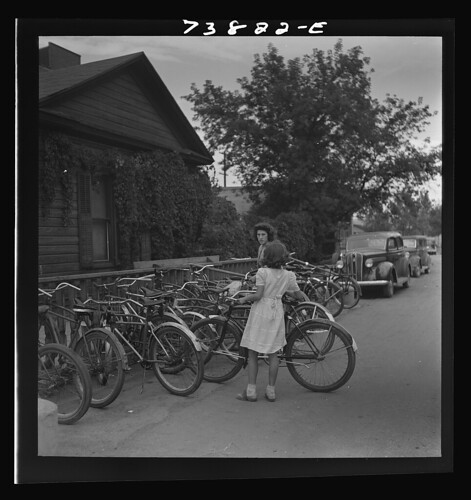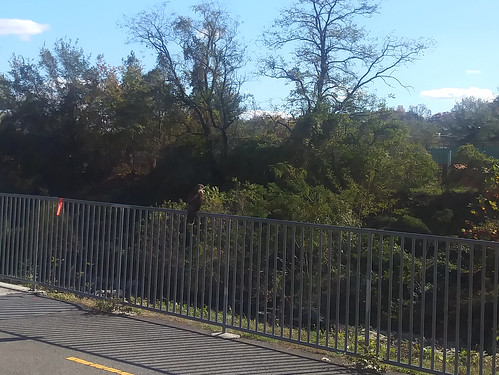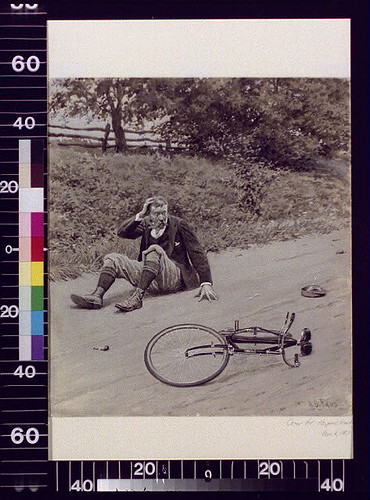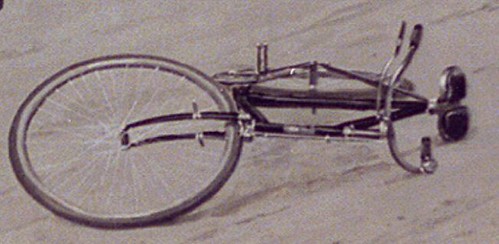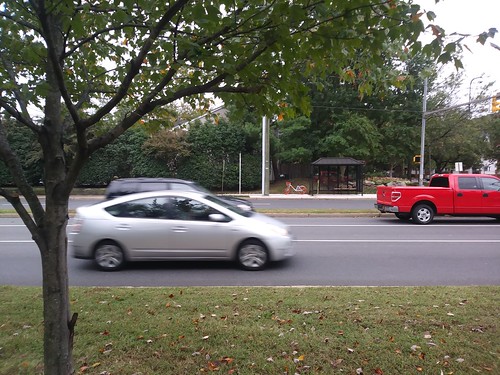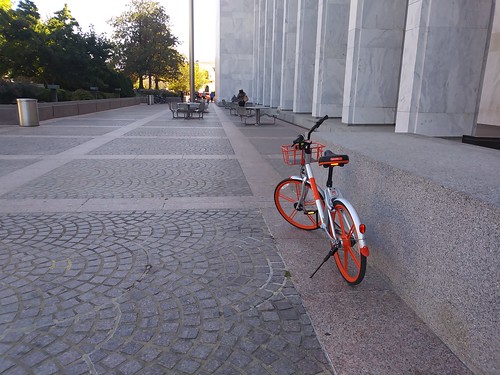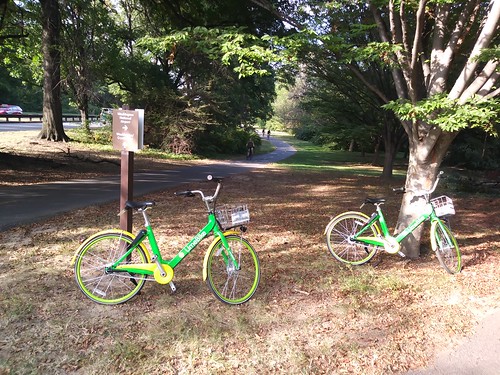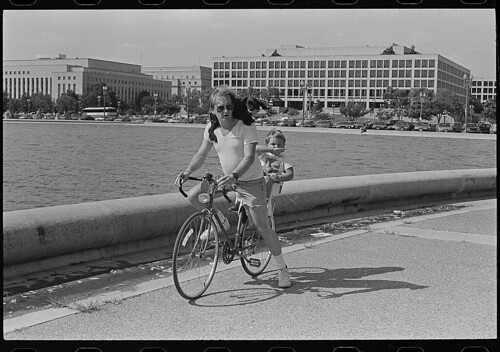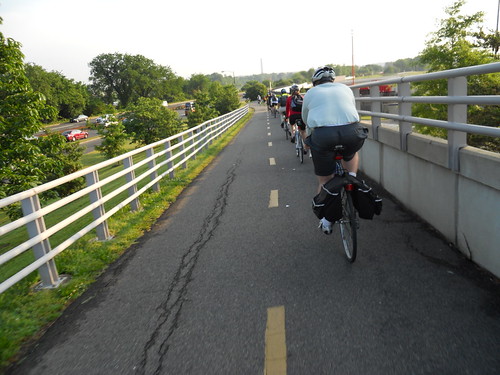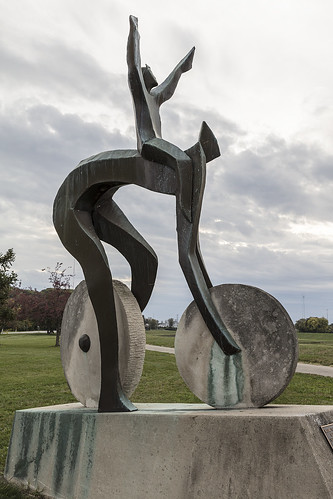 Happy New (Cycling) Year!
Happy New (Cycling) Year!
Artist Jerome B. Meadows's 1991 sculpture, "A Celebration of Bicyling," stands on the grounds of Carillon Historical Park in Dayton, Ohio, that contains historic buildings and exhibits concerning the history of technology and the history of Dayton. One of the reasons that the city celebrates cycling is that the pioneer aviators Orville and Wilbur Wright operated several cycling shops in town while they worked to perfect their historic flying machine.
Title
Artist Jerome B. Meadows's 1991 sculpture, "A Celebration of Bicycling," stands on the grounds of Carillon Historical Park in Dayton, Ohio, that contains historic buildings and exhibits concerning the history of technology and the history of Dayton
Contributor Names-Highsmith, Carol M., 1946-, photographer
Created / Published-2016-10-12.
Subject Headings
- United States--Ohio--Montgomery County--Dayton
- America
- Jerome B. Meadows
- Celebration of Bicycling sculpture
- Carillon Historical Park
- Wright brothers
- Orville Wright
- Wilbur Wright
Format Headings-Digital photographs--Color--2010-2020.
Genre-Digital photographs--Color--2010-2020
Notes
- Title, date and keywords based on information provided by the photographer.
- One of the reasons that the city celebrates cycling is that the pioneer aviators Orville and Wilbur Wright operated several cycling shops in town while they worked to perfect their historic flying machine.
- Credit line: Photographs in the Carol M. Highsmith Archive, Library of Congress, Prints and Photographs Division.
- Purchase; Carol M. Highsmith Photography, Inc.; 2016; (DLC/PP-2016:103-4).
- Forms part of the Carol M. Highsmith Archive.
Medium-1 photograph : digital, tiff file, color.
Call Number/Physical Location-LC-DIG-highsm- 41750 (ONLINE) [P&P]
Source Collection-Highsmith, Carol M., 1946- Carol M. Highsmith Archive.
Repository=-Library of Congress Prints and Photographs Division Washington, D.C. 20540 USA
hdl.loc.gov/loc.pnp/pp.print
Digital Id-highsm 41750 //hdl.loc.gov/loc.pnp/highsm.41750
Library of Congress Control Number-2016632568

